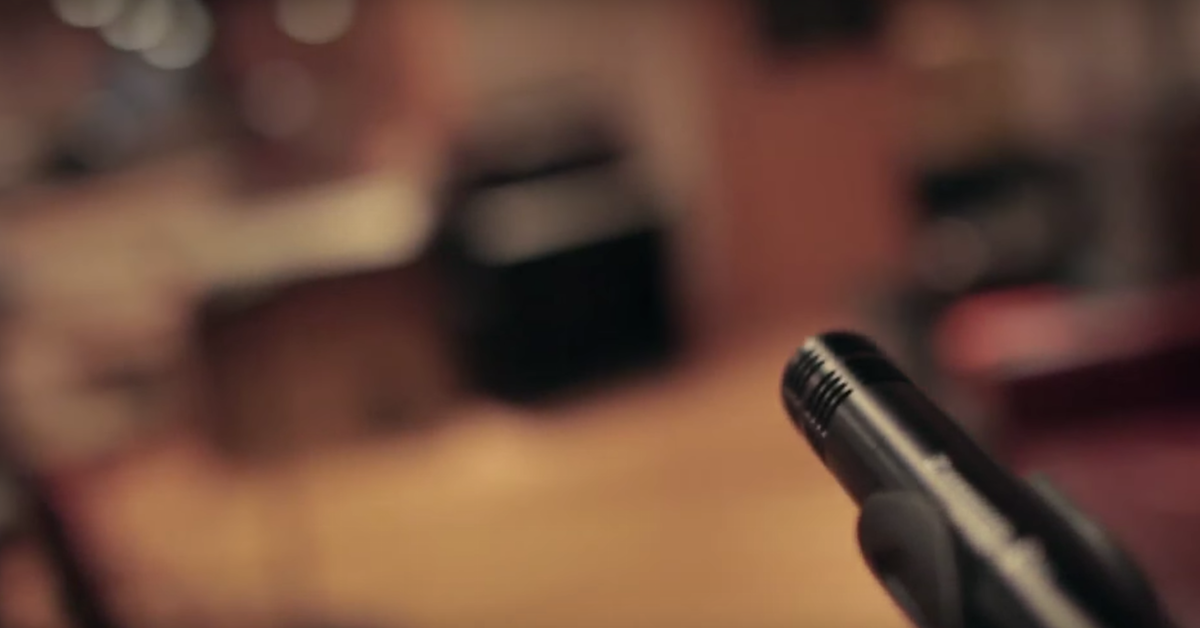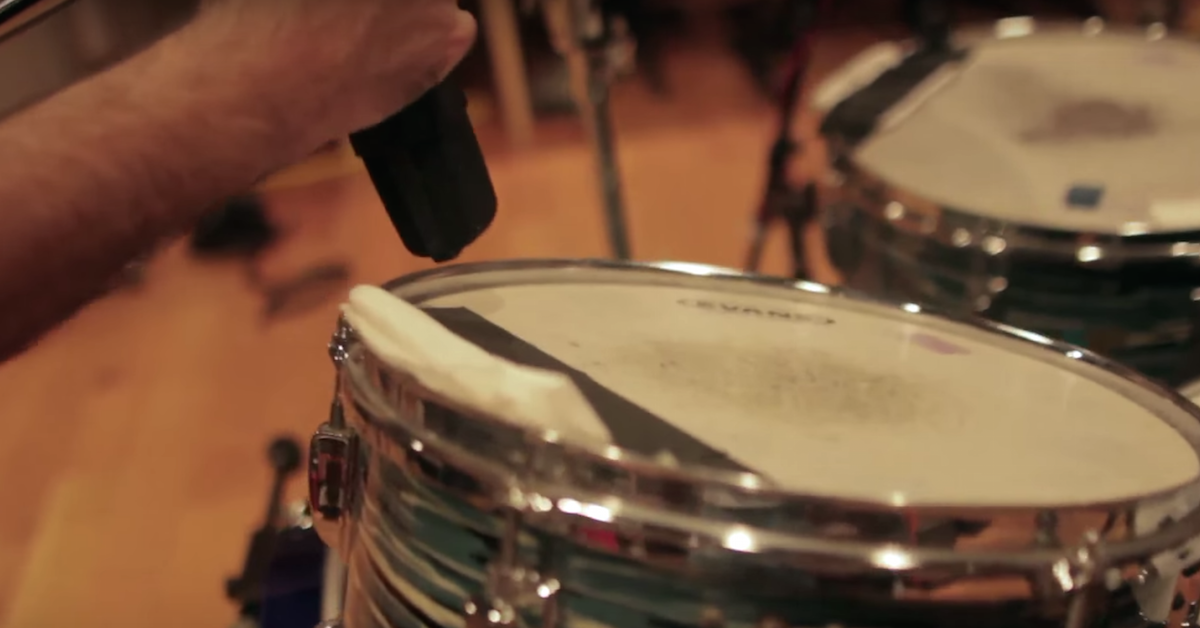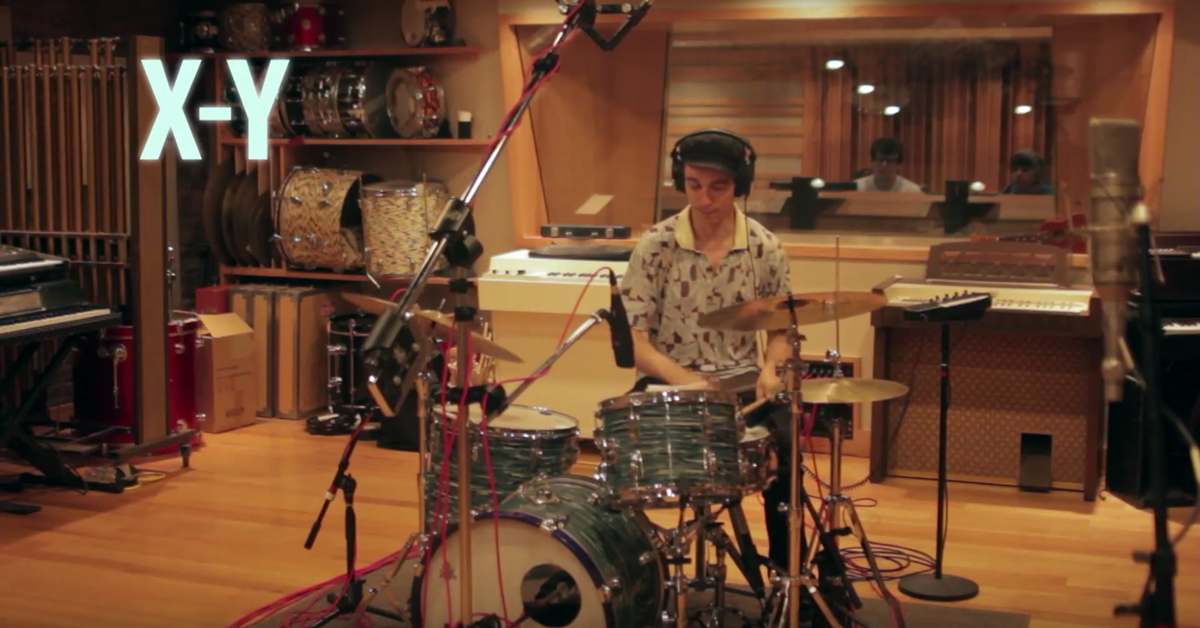Tips for Recording Drums and Cymbals Separately
Article Content
Everyone that has recorded drums knows the difficulty in creating a balance between the drums and cymbals. The cymbals tend to bleed into everything.
Most of the time this isn’t a problem. But, there are situations where you really want a roomy drum sound and the cymbals are that lingering friend at the end of the party talking about their past relationships. (Not the right time to open up people).
First step: Put the cymbals away in a vault, safely out of reach of the drummer.
The Distance
No mic placement is going to keep the drums and cymbals completely separated.
There is a nice little trick to accomplish this though. You can track the cymbals separately. With this method, you can stick the mics anywhere in the room and not worry.
It’s going to take a little skill from the drummer to get the feel right. You’re dismantling a working machine. It’s likely going to take longer than a live track.
The drums were tracked this way for most of Tom Petty’s Wildflowers album. It’s partly why the drums sound so huge.
Gotta Keep ‘Em Separated
What if we didn’t just separate drums and cymbals? What if we put different drums in different spaces? Smell what I’m steppin’ in?
I’m going to go far out here on this one. Since recording can be mobile these days, we can take advantage of interesting spaces.
What if we recorded the snare in the subway? Found a nice wooden room to record the bass drum and toms and a hall to record cymbals in?
I know some of you are going to say why not use reverb plugins? The reason is to capture some of the magic before it hits the mic. It’s not the same as processing the same signal with different plugins. There is a dimension that can’t be captured after the fact.
Take it to the Limit
A lot of time with smaller home studios we feel limited. We never have enough pre’s or mics. Sometimes that holds people back from creativity.
You’re only limited by your imagination. I know that sounds lame. Think about it though. You may not get a 100% traditional sound, but that shouldn’t hold you back from creating something unique.
As always, you shouldn’t wait for new gear to follow through with your creative vision.
In the Air Tonight
Let’s look at a scenario:
A lot of home studio owners have limited inputs. I only have 2 inputs right now. This presents a problem when I want to record real drums.
There are plenty of times that I use BFD 3, which is a fantastic VST drum instrument. On occasion, I need a real drum with that mic “air”.
There are some decisions that need to be made. How separated do I need the tracks to be? Do I want lo-fi or hi-fi?
Method of Control
Method 1: If it’s super lo-fi, I would set up 2 mics on my Mobile Drum Company Nesting Kit. I can’t say where I would put the mics as it changes by if I’m using cymbals or not.
If there are no cymbals involved I may get away with 1 mic in front of the kit. Cymbals involved I might go with a two mic version of the Glynn Johns method.
Method 2: Record bass drum and snare in one pass. Add toms as an overdub and finally add the cymbals (moving the mics for each track).
Method 3: Separate every track. The drummer is going to love this (NOT).
The Fallout
Don’t expect a Valentine this year. I’ll mic one drum and record only one track at a time. I make sure to get a really good sound from each drum.
If you want to get fancy you can record a close mic and room mic for every drum. Let’s not get too highbrow though. Let’s keep it blue collar.
Obviously, Method 2 and 3 require a lot of skill from the drummer. It also doesn’t open up a lot of room for improvisation. These methods need to be composed carefully.
It’s definitely not the easy route.
Easy Living
Some things to help make the process easier: Have a really good guide track down.
Make sure the guide tracks groove is locked tight. Since the drummer will be dismantling the groove there needs to be an anchor.
In fact, I would say to not even think of a guide track. Record a permanent rhythm guitar track the drummer can lock all parts into.
This will also make any editing that will need to be done easier.
Pep Talk
Where there is a will there is a way.
Whether you’re limited in gear to record drums, looking for a fragmented drum sound or want less tin in your drum mix, these techniques will allow for it.
Check out this example of a drum groove recorded using Method 3. These tracks are not mixed.
Here is the Drum Track placed in a piece of music:





